Mount Damavand
Everything about Damavand Mountain, Facts & Informations, Weather conditions, Trekking Routes, Climbing Tours, Required Equipment & …
Everything about Damavand Mountain, Facts & Informations, Weather conditions, Trekking Routes, Climbing Tours, Required Equipment & …
Mount Damavand, located in the north of Iran, is the most prominent peak in Iran and the Middle East and the highest volcano in Asia.
This potentially active volcano is 5610 meters higher than the sea level. This number is measured by special altitude measurement devices such as GPS. Some People falsely believe that Mount Damavand is 5671 meters high but the exact number is 5610 meters. Its relative height, determined by comparing the height of the peak to the lowest valley between Damavand and the nearest higher peak, is 4661 meters, placing it on the 12 spot between world’s highest peaks. Mount Damāvand is the second most topographically prominent in Asia after Mount Everest. It is part of the Volcanic Seven Summits mountaineering challenge [The Volcanic Seven Summits are the highest volcanoes on each of the seven continents, just as the Seven Summits are the highest peaks on each of the seven continents. Summiting all seven is regarded as a mountaineering challenge, first postulated as such in 1999].
The exact Damavand Height is 5610 meters, measured by special altitude measurement devices such as GPS; but it is falsely said that Damavand is 5670 meters high.
Five rivers run in the area: Haraz in the south and in the east, Lar and Div in the west, Panj Ab in the east and Tineh in the north of the mountain.
The minimum real-feel temperature, considering the effect of the wind is -60 degrees during winter. In other seasons especially months like July and August the temperature is around zero in the highlands of Damavand and normally stays between 5 to -5 degrees.
The RealFeel Temperature is an index that describes what the temperature really feels like. It is a unique composite of the effects of temperature, wind, humidity, sunshine intensity, cloudiness, precipitation and elevation on the human body–everything that affects how warm or cold a person feels.
Damavand mountain general information at a glance
| Age | 1.78 million years old |
| Elevation | 5610m (18405ft) |
| Relative Height | 4661m (15291ft) |
| Elevation Gain | 2609m (8559ft) |
| Popular Routes | 1-The northern route 2-The northeastern route 3-The western route 4-The southern route |
| Easiest Trekking Route | The southern route |
| Hardest Trekking Route | The northern route |
| Best Trekking Season | Mid-June to September |
| Highlights |
|
| Damavand Volcano Activity status | Limited to emitting sulfuric gas |
| Symbolism and mythology | Symbol of Iranian resistance against despotism and foreign rule in Persian poetry and literature |
During winter and early spring (December to late March), high altitude equipment is essential for climbing Damavand due to its extremely cold weather.
Early in the spring especially late February and March, weather is unstable and finding a suitable weather window is challenging.
The best time to climb Mount Damavand, regarding safety, ease and the length of weather window periods, is mid-June to September.
During this period the weather is more stable, however the climbing season may begin 2 to 3 weeks earlier or end later depending on the amount of rain/snow fall and the previous winter and spring weather.
In addition to the pleasant weather, June is the most beautiful month of Mount Damavand. During this month Tulips and Poppies can be seen in Lar plain and the plains around Goosfandsara. In June, the remaining snow around Bargah E Sevom melts, causing water to run down stream and creating a beautiful view.
If you choose to conquer the Damavand summit in June instead of August and July (high season) you get to enjoy the magnificent landscape and amazing weather without having to deal with the crowd.
As we get closer to September, snow melts, the weather gets warmer and mountain climbing gets easier, therefore motivating a lot of mountain climbing enthusiasts to conquer Mount Damavand in July and August. Mount Damavand welcomes the maximum number of mountaineers in these two months. Bargah e Sevom and the main camp seem like a small town during the weekends of July and August (Iranian off days are Thursday and Friday).
Come October, weather temperature decreases and snow falls more frequently as we get closer to winter. Freezing level also decreases during this time and it can get as low as zero degrees in areas near 1500 high.
Damavand Trekking tours are not normally available during this period. However in case you have enough experience, suitable winter equipment and you’re in an appropriate physical shape, it’s possible to climb mount Damavand summit safely, accompanied by our certified and experienced guides. Here at Cheetah Adventures we have celebrated multiple successful mount Damavand climb tours in winter.
Between mid-May to mid-June the foothills of Damavand are covered in red poppies .This unique type of poppy, growing in areas between 2000 to 3500 meters high, is mentioned as Lar poppy or Rineh poppy in valid botany books. (Rineh and Lar are villages located in the foothills of Damavand).
Damavand is the natural habitat of various animals such as: foxes, hyraxes, dogs; goats, wolves, jackals, ewes, rams and bores.
Birds like Golden eagles, partridges, quails and bats form the majority of the wildlife in this mountain however other animals such as 5 species of snakes, various types of mice, lizards, scorpions and badgers can be found in the area.
If you’re lucky you get to see groups of partridges and boars in low altitudes, flocks of mountain goats near Bargah E Sevom, flocks of sheep grazing near Goosfandsara and the mighty Golden Eagle at high altitudes on your way up to the summit.
Mount Damavand is a potentially active volcano. This tall cone of fire last erupted 38500 years ago and has been resting ever since. Currently this mountain’s volcanic activity is limited to emitting sulfuric gas.
Ascending to the summit, you can see extrusive igneous rocks. These rocks are formed when magma cools down rapidly. In areas higher than 5300 meters sulfuric rocks with a yellowish green color can be found.
The volcanic crater of Mount Damavand is 400 meters wide – almost as wide as a football field- and is covered with a frozen lake. There are also signs of old craters in the northern and southern sides of the mountain.
The 1-2 meters wide hole, located 50 meters southeast of the summit, emitting large amounts of sulfuric gas, turns Mount Damavand into a Tobacco pipe smoking old man. Several other small holes can be found near the sulfuric hill though they emit small amounts of gas.
There are 16 ridges available to conquer the summit, four of which are most frequently used and the others are secondary. The main routes are as follows:
Bargah E Sevom was built 10 years ago and before that time this route only had a shelter like the other routes.
Because of ease of ascending, facilities and easy access, the southern route is considered the easiest one. The hardest route is the northern route due to its steepness and lack of facilities such as mules and huts.
Factors like the long dirt road and the probability of rock fall from above Simorgh shelter increase the risk of climbing Mount Damavand by the western route, therefore this route is rarely chosen for tours.
Mount Damavand Topographic Trekking Route Map
Ascending Trip map from the south ridge to Damavand summit
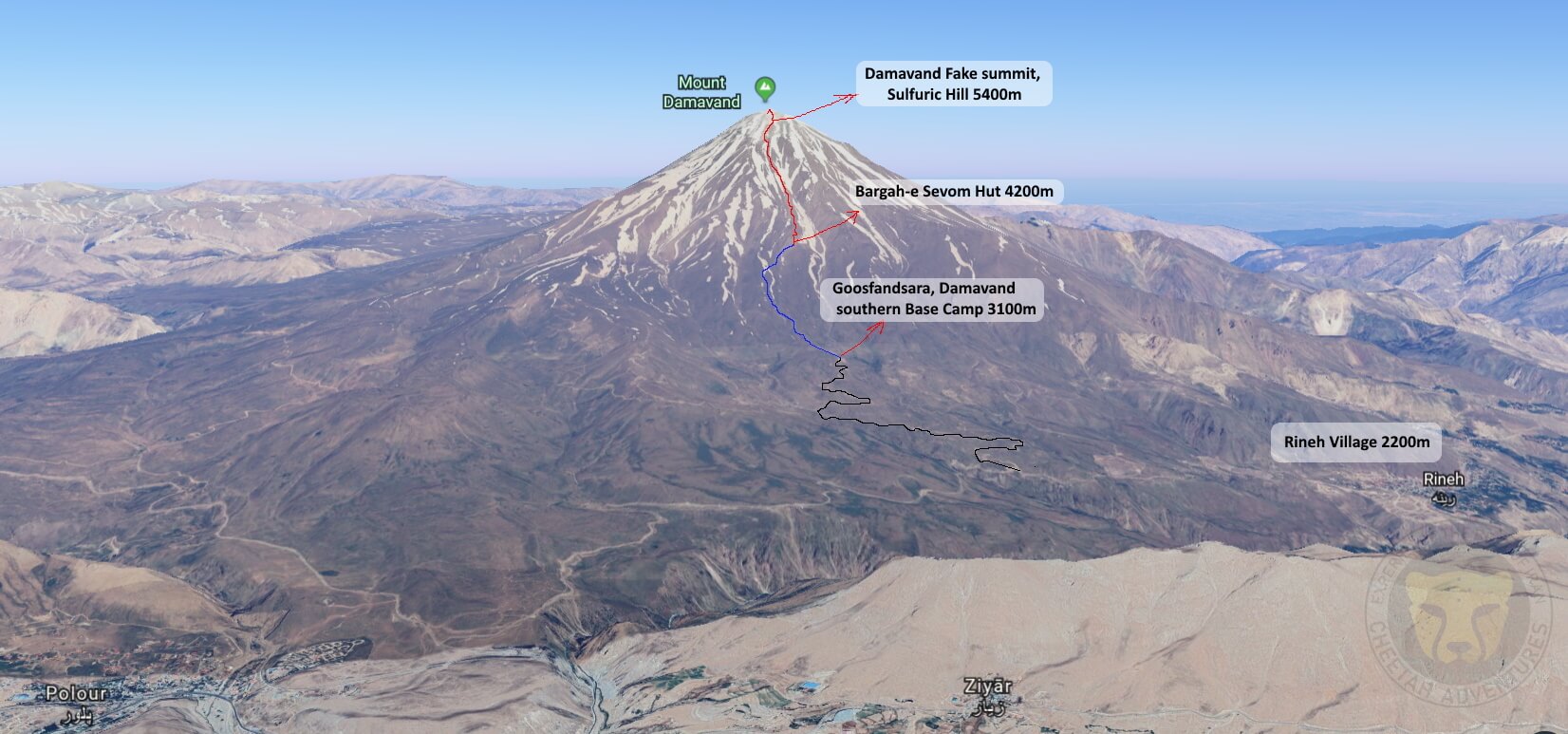
The high elevation of mount Damavand can be a little challenging for some mountain climbers; however, is fixable with proper acclimatization. Regarding other factors, Damavand trek is not generally a technical one therefore, those that are in good physical shape can enjoy a great mount Damavand trekking tour with and successfully conquer Damavand peak accompanied by a certified Iranian mountain guide.
It’s important to note that this article is written about Damavand trek in the trekking season and through normal Damavand trekking routes. It’s obvious that Damavand difficulty level changes in case of choosing technical routes or climbing Damavand another time.
Read more about Damavand Difficulty Level.
Tents/beds, meals, drinks, and cooking equipment will be provided by Cheetah-Adventures Agency in our Damavand Tour.
Note: If you do not have one or any of this equipment you can rent from us.
Several shelters and huts are available on the trekking routes of Mount Damavand to allow the mountaineers to rest. These huts and shelters are:
The 7 glaciers of Mount Damavand add to the charm of this beautiful volcano. These glaciers are:
 https://cheetah-adventures.com/wp-content/uploads/2022/06/Symbolism-regarding-Damavand-visit-iran-tour-packages-travel-to-iran-Cheetah-adventures-11.jpg
629
960
Mehrdad Zaman
https://cheetah-adventures.com/wp-content/uploads/2020/05/cheetah-adventures-final-02-white-background-150.png
Mehrdad Zaman2022-06-26 10:18:292023-09-22 22:15:07Symbolism regarding Damavand
https://cheetah-adventures.com/wp-content/uploads/2022/06/Symbolism-regarding-Damavand-visit-iran-tour-packages-travel-to-iran-Cheetah-adventures-11.jpg
629
960
Mehrdad Zaman
https://cheetah-adventures.com/wp-content/uploads/2020/05/cheetah-adventures-final-02-white-background-150.png
Mehrdad Zaman2022-06-26 10:18:292023-09-22 22:15:07Symbolism regarding Damavand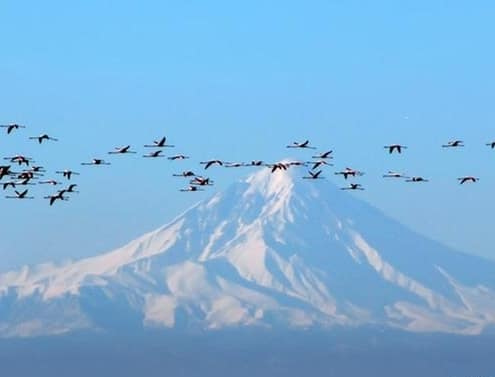 https://cheetah-adventures.com/wp-content/uploads/2022/05/Damavands-Flora-and-Fauna-visit-iran-tour-packages-travel-to-iran-Cheetah-adventures-8.jpg
377
700
Mehrdad Zaman
https://cheetah-adventures.com/wp-content/uploads/2020/05/cheetah-adventures-final-02-white-background-150.png
Mehrdad Zaman2022-05-29 16:36:012023-09-23 09:26:52Damavand’s Flora and Fauna
https://cheetah-adventures.com/wp-content/uploads/2022/05/Damavands-Flora-and-Fauna-visit-iran-tour-packages-travel-to-iran-Cheetah-adventures-8.jpg
377
700
Mehrdad Zaman
https://cheetah-adventures.com/wp-content/uploads/2020/05/cheetah-adventures-final-02-white-background-150.png
Mehrdad Zaman2022-05-29 16:36:012023-09-23 09:26:52Damavand’s Flora and Fauna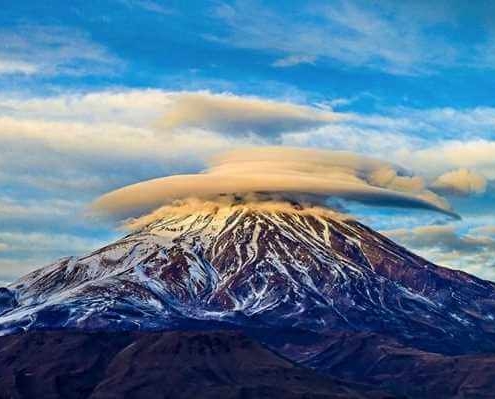 https://cheetah-adventures.com/wp-content/uploads/2022/04/Damavand_Cloud_Cap_Cheetah_Adventures_Damavand_Carater_Damavand_trekking-6.jpg
399
600
Mehrdad Zaman
https://cheetah-adventures.com/wp-content/uploads/2020/05/cheetah-adventures-final-02-white-background-150.png
Mehrdad Zaman2022-04-05 12:45:222023-09-23 09:40:32Damavand Cloud Cap
https://cheetah-adventures.com/wp-content/uploads/2022/04/Damavand_Cloud_Cap_Cheetah_Adventures_Damavand_Carater_Damavand_trekking-6.jpg
399
600
Mehrdad Zaman
https://cheetah-adventures.com/wp-content/uploads/2020/05/cheetah-adventures-final-02-white-background-150.png
Mehrdad Zaman2022-04-05 12:45:222023-09-23 09:40:32Damavand Cloud Cap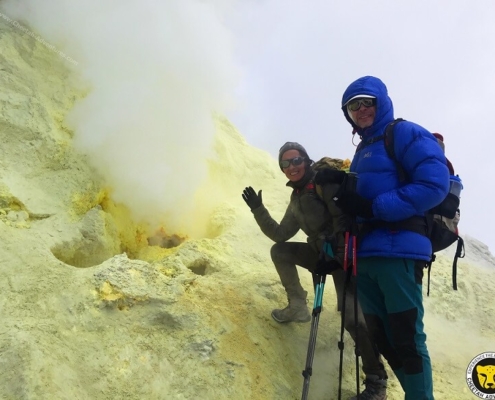 https://cheetah-adventures.com/wp-content/uploads/2020/07/Damavand-Sulfur-Hill-mount-damavand-mountain-trekking-tour-3.jpg
588
784
Mehrdad Zaman
https://cheetah-adventures.com/wp-content/uploads/2020/05/cheetah-adventures-final-02-white-background-150.png
Mehrdad Zaman2022-01-14 11:08:142023-09-23 09:58:21Damavand Sulfur Hill
https://cheetah-adventures.com/wp-content/uploads/2020/07/Damavand-Sulfur-Hill-mount-damavand-mountain-trekking-tour-3.jpg
588
784
Mehrdad Zaman
https://cheetah-adventures.com/wp-content/uploads/2020/05/cheetah-adventures-final-02-white-background-150.png
Mehrdad Zaman2022-01-14 11:08:142023-09-23 09:58:21Damavand Sulfur Hill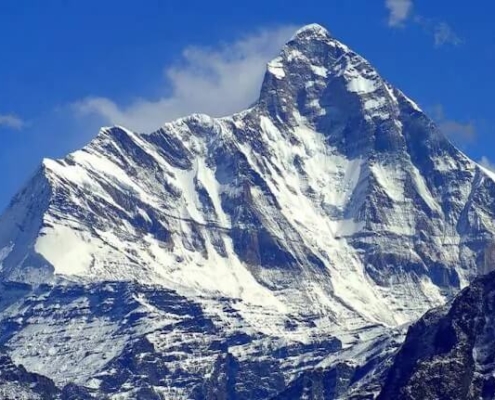 https://cheetah-adventures.com/wp-content/uploads/2020/05/Nanda-Devi-mount-damavand-mountain-trekking-tour-.jpg
431
770
Mehrdad Zaman
https://cheetah-adventures.com/wp-content/uploads/2020/05/cheetah-adventures-final-02-white-background-150.png
Mehrdad Zaman2021-11-16 12:22:262023-09-23 10:02:13The world’s most beautiful peaks According to National Geographic
https://cheetah-adventures.com/wp-content/uploads/2020/05/Nanda-Devi-mount-damavand-mountain-trekking-tour-.jpg
431
770
Mehrdad Zaman
https://cheetah-adventures.com/wp-content/uploads/2020/05/cheetah-adventures-final-02-white-background-150.png
Mehrdad Zaman2021-11-16 12:22:262023-09-23 10:02:13The world’s most beautiful peaks According to National Geographic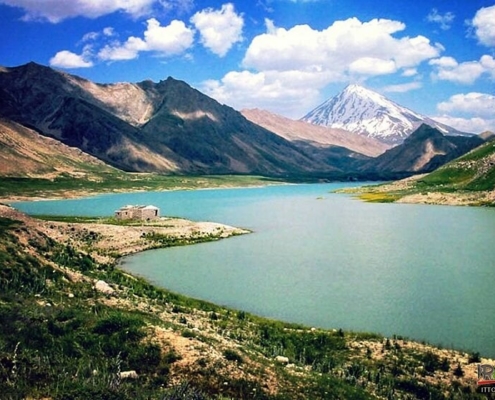 https://cheetah-adventures.com/wp-content/uploads/2020/06/Lar-National-Park-and-Lar-Lake-mount-damavand-mountain-trekking-tour-2.jpg
560
770
Mehrdad Zaman
https://cheetah-adventures.com/wp-content/uploads/2020/05/cheetah-adventures-final-02-white-background-150.png
Mehrdad Zaman2021-11-05 12:06:462023-09-23 10:04:32Lar National Park and Lar Lake
https://cheetah-adventures.com/wp-content/uploads/2020/06/Lar-National-Park-and-Lar-Lake-mount-damavand-mountain-trekking-tour-2.jpg
560
770
Mehrdad Zaman
https://cheetah-adventures.com/wp-content/uploads/2020/05/cheetah-adventures-final-02-white-background-150.png
Mehrdad Zaman2021-11-05 12:06:462023-09-23 10:04:32Lar National Park and Lar Lake 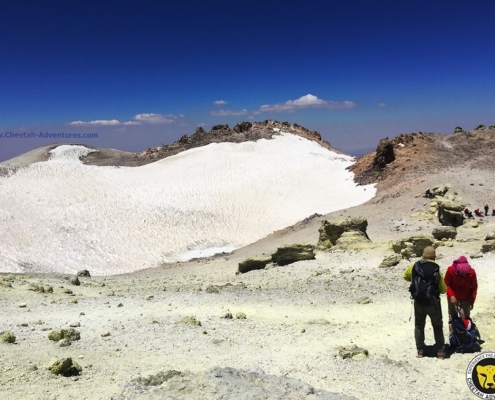 https://cheetah-adventures.com/wp-content/uploads/2020/05/Damavand-summit-lake-mount-damavand-mountain-tour.jpg
588
784
Mehrdad Zaman
https://cheetah-adventures.com/wp-content/uploads/2020/05/cheetah-adventures-final-02-white-background-150.png
Mehrdad Zaman2021-06-03 12:33:212023-09-23 10:10:04Damavand Summit Lake
https://cheetah-adventures.com/wp-content/uploads/2020/05/Damavand-summit-lake-mount-damavand-mountain-tour.jpg
588
784
Mehrdad Zaman
https://cheetah-adventures.com/wp-content/uploads/2020/05/cheetah-adventures-final-02-white-background-150.png
Mehrdad Zaman2021-06-03 12:33:212023-09-23 10:10:04Damavand Summit Lake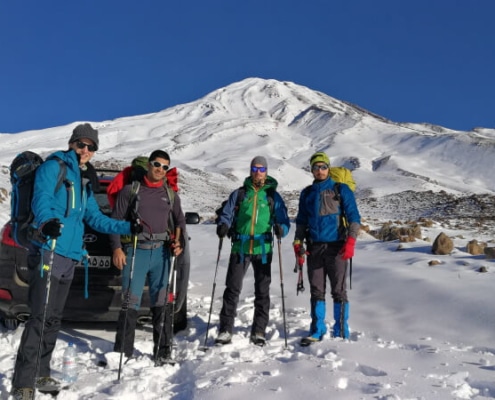 https://cheetah-adventures.com/wp-content/uploads/2020/06/Mount-Damavand-mountain-tour-Damavand-facts-information-On-the-way-to-Goosfandsara-basecamp-in-winter-Mount-Damavand.jpg
450
700
Hosein Ghazanfari
https://cheetah-adventures.com/wp-content/uploads/2020/05/cheetah-adventures-final-02-white-background-150.png
Hosein Ghazanfari2020-11-23 15:48:192023-10-20 10:56:13Which mountains to climb in Iran
https://cheetah-adventures.com/wp-content/uploads/2020/06/Mount-Damavand-mountain-tour-Damavand-facts-information-On-the-way-to-Goosfandsara-basecamp-in-winter-Mount-Damavand.jpg
450
700
Hosein Ghazanfari
https://cheetah-adventures.com/wp-content/uploads/2020/05/cheetah-adventures-final-02-white-background-150.png
Hosein Ghazanfari2020-11-23 15:48:192023-10-20 10:56:13Which mountains to climb in Iran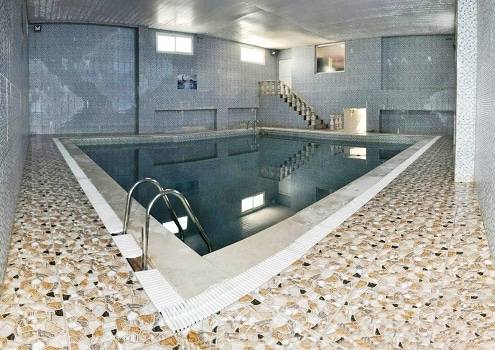
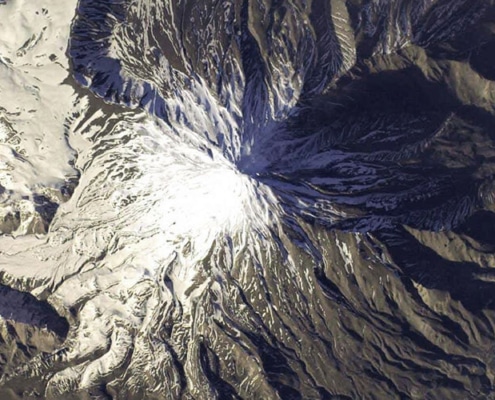
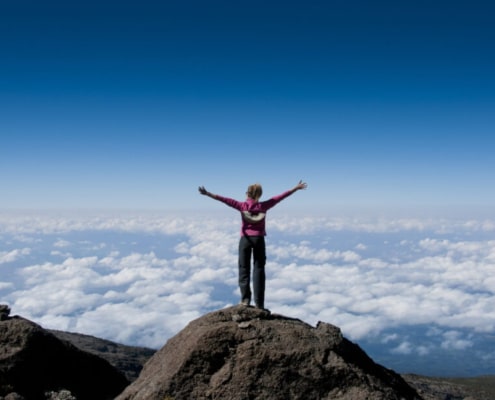 https://cheetah-adventures.com/wp-content/uploads/2020/07/Volcanic-seven-summits-mountaineering-climbing-challenge-damavand-success-conquere-volcano-continent-2.jpg
612
922
Mehrdad Zaman
https://cheetah-adventures.com/wp-content/uploads/2020/05/cheetah-adventures-final-02-white-background-150.png
Mehrdad Zaman2020-07-12 21:23:552023-10-20 10:46:28Volcanic Seven Summits Conquest Challenge
https://cheetah-adventures.com/wp-content/uploads/2020/07/Volcanic-seven-summits-mountaineering-climbing-challenge-damavand-success-conquere-volcano-continent-2.jpg
612
922
Mehrdad Zaman
https://cheetah-adventures.com/wp-content/uploads/2020/05/cheetah-adventures-final-02-white-background-150.png
Mehrdad Zaman2020-07-12 21:23:552023-10-20 10:46:28Volcanic Seven Summits Conquest Challenge 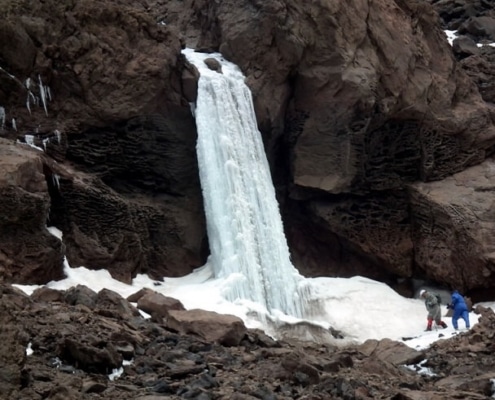 https://cheetah-adventures.com/wp-content/uploads/2020/05/Abshar-Yakhi-Damavand-mount-damavand-mountain-trekking-tour-3.jpg
491
705
Mehrdad Zaman
https://cheetah-adventures.com/wp-content/uploads/2020/05/cheetah-adventures-final-02-white-background-150.png
Mehrdad Zaman2020-06-27 18:27:002023-10-20 10:43:10Damavand Frozen Waterfall
https://cheetah-adventures.com/wp-content/uploads/2020/05/Abshar-Yakhi-Damavand-mount-damavand-mountain-trekking-tour-3.jpg
491
705
Mehrdad Zaman
https://cheetah-adventures.com/wp-content/uploads/2020/05/cheetah-adventures-final-02-white-background-150.png
Mehrdad Zaman2020-06-27 18:27:002023-10-20 10:43:10Damavand Frozen WaterfallActive Tours
Price: from €849
Days: 10
Nights: 9
Active Tours
Price: from €1199
Days: 8
Nights: 7
Active Tours
Price: from €699
Days: 7
Nights: 6
Active Tours
Price: from €599
Days: 6
Nights: 5
Active Tours
Price: from €449
Days: 4
Nights: 3
Active Tours
Price: from €459
Days: 4
Nights: 3
Mount Damavand first erupted in the Pleistocene almost 1.78 million years ago.
It is 5610 meters high, making it the most prominent peak in Iran and the Middle East.
Mount Damavand is located in Iran, Middle-East, Asia. You can read complete information here on the Damavand Mountain page.
Mount Damavand is the highest volcano in Asia and one of the volcanos in Volcanic Seven Summits challenge. It is 5610 meters high, making it the most prominent peak in Iran and the Middle East.
Mount Damavand is located in Iran, Middle-East, Asia. It is the highest volcano in Asia, second-most topographically prominent peak in Asia after Mount Everest. It is also part of seven volcanic summits challenge. You can read complete information here on the Damavand Mountain page. Or take a look at Cheetah-Adventures Damavand Tours.
![]() Address: Unit 3, No 4, Afzal Alley, Dr. Shariati St. Tehran, Iran,
Address: Unit 3, No 4, Afzal Alley, Dr. Shariati St. Tehran, Iran,
![]() +98 901 9800 150 (available on WhatsApp)
+98 901 9800 150 (available on WhatsApp)
Click to send a message on WhatsApp

Cheetah-Adventures is an Iran tour operator & Iran travel agency aiming to provide services for travelers from around the globe who aim to visit Iran. Cheetah-Adventures is named after the Iranian Cheetah, a critically endangered cheetah subspecies surviving today only in Iran.